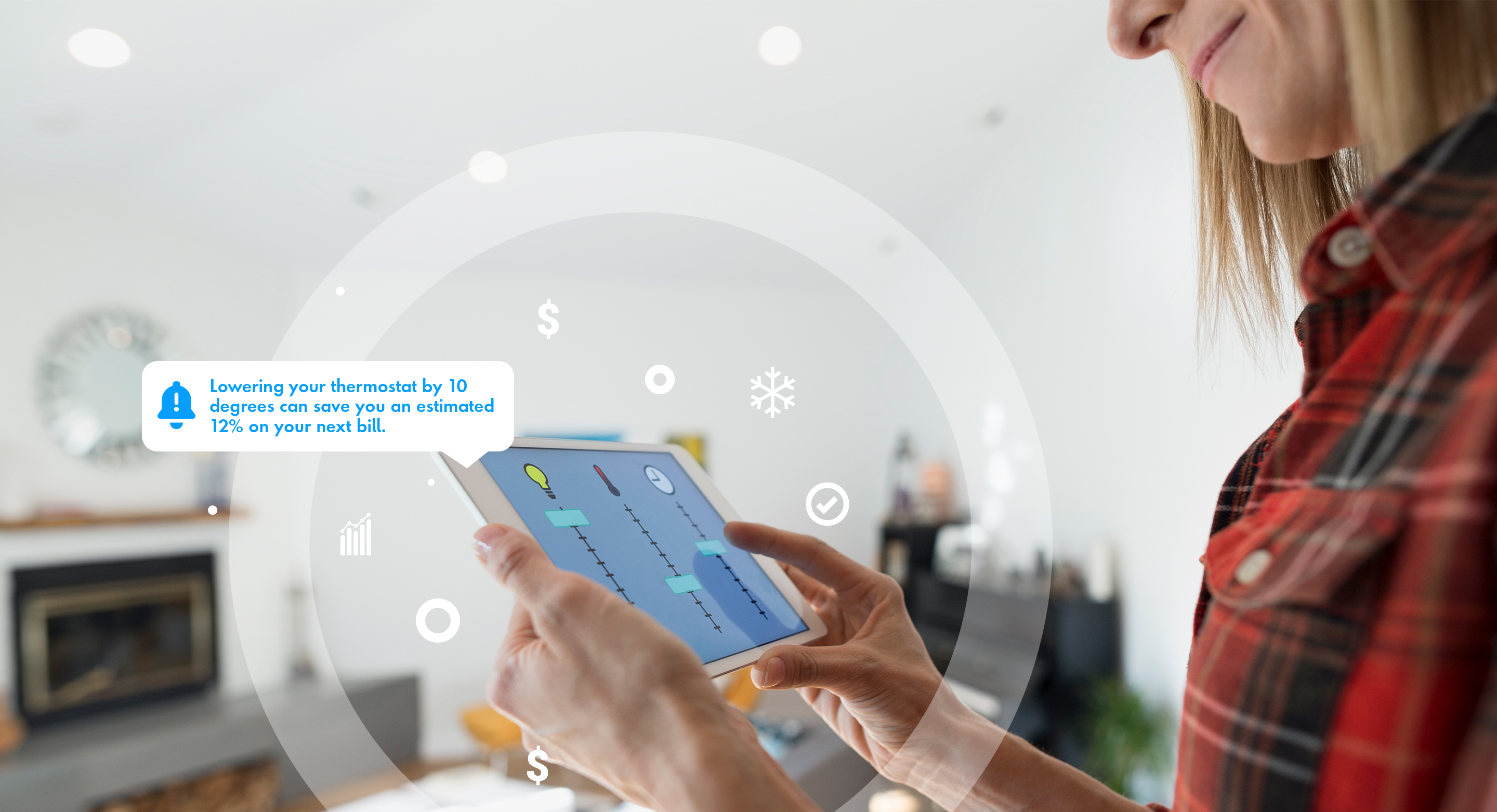Utilities can deliver a high-quality customer experience that leads to profitability by getting to know the customer based on data, building a platform through which to integrate and act on the insights, and offering the exact products and services they need at the right time.
Alexa, why is my bill so high?
The customer is the meter for satisfaction, so utilities must work hard to give them what they want. Understanding your customer first and foremost means understanding who they are by the data you collect on them. Each individual, family or business will look quite different. For instance, a young renter who just joined the workforce will have needs that differ from a family moving into a new home in the suburbs.
The renter might find it valuable if the utility offers a way to split the bill among roommates, whereas the family may be looking for ways to cut costs by reducing usage when they are outside of the home.
Be relevant by offering the right services and products through the right touchpoints and channels at the right time. Data will reveal customer preferences, such as do they prefer to receive information via email or text message? Can they ask Alexa why their bill is so high? Is the utility equipped with capabilities to proactively remind a customer, for instance, “It’s going to be hot. Your bill was high this time last year. Here’s how you can lower your usage.”?












